Tulip Pests and Diseases: [Detection, Causes and Solutions]

 Tulips are considered one of the most beautiful flowers to decorate the environment , thanks to their shape and their multiple colors.
Tulips are considered one of the most beautiful flowers to decorate the environment , thanks to their shape and their multiple colors.
For this reason, many people choose these flowers to beautify their garden and decorate the interior of their houses.
However, its beauty can be seriously affected by some pests and diseases , requiring you to be very careful.
Thinking about it, we have compiled a good amount of information so that you can be forewarned and always maintain the beauty of your tulips.
Aphids
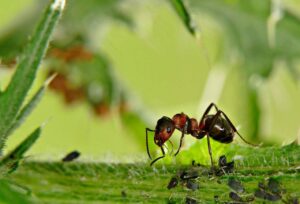 Considered one of the most common pests on plants of various types, aphids usually appear during the spring .
Considered one of the most common pests on plants of various types, aphids usually appear during the spring .
They are remarkably adaptable to different media, so they can be presented both outdoors and in greenhouses.
In general, they tend to affect both adult tulips and their bulbs , feeding on the tender shoots and deforming them.
However, this pest can also cause indirect damage, since they are transmitters of viruses, causing serious damage to tulips. In this case, it is best to take appropriate preventive measures, preventing aphids from having contact with the plant .
For this, the use of insecticides is recommended , both to prevent their appearance and to eliminate them if they are present. Keep in mind that, with the use of these products, it will not be necessary to completely impregnate them, just spray the plant .
Snails and slugs
 Another very common pest is that of snails and slugs , although they are usually easily recognizable by the traces of slime they leave on the plant .
Another very common pest is that of snails and slugs , although they are usually easily recognizable by the traces of slime they leave on the plant .
Its main negative effect is that different parts of the plant are eaten and can create problems with the nutrition of the soil.
They are small insects with a fairly accelerated reproduction , so it is advisable to control the pest as soon as it is noticed . In this case you can use some products such as bait granules , specially manufactured for this type of pests.
Also, the insecticide can work properly, eliminating all traces of these undesirable insects. Finally, if you don’t want to use chemicals, you can remove them from the plant manually , although this usually takes longer and is not as effective.
Red spider
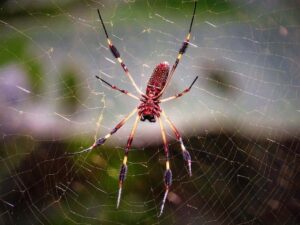 In general, the spider mite thrives in conditions of low humidity and high temperatures , with less than 50% and about 25 ºC.
In general, the spider mite thrives in conditions of low humidity and high temperatures , with less than 50% and about 25 ºC.
Its appearance causes important lesions in the plants, such as yellow dots on the upper part of the leaves , which are not very noticeable at first.
Over time, these spots turn brown and curl, making them look dusty and unhealthy . This whole process ends with the desiccation of the leaves and their fall, making the disease of the plant fully visible.
This allows the spread of it to be avoided, although it is not capable of ensuring, by itself, that the pest disappears. If the plague is very severe, it is best to use chemical products that neutralize its action and development , promoting its health.
Biological control can also be counted on, through the use of a predatory mite known as Phytoseiulus persimilis . This mite is widely used for the disappearance of the spider mite in different crops and can work very well in combination with chemical products.
Trips
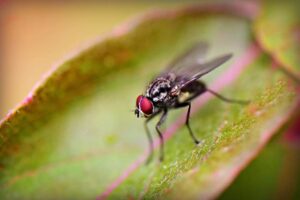 Thrips cause whitish spots on the leaves, they have an easily recognizable leaden silver appearance.
Thrips cause whitish spots on the leaves, they have an easily recognizable leaden silver appearance.
Likewise, it is quite typical that these spots are surrounded by black specks , these being the excrement of the plague.
One of the best actions that can be taken against these types of pests is prevention, since they can be difficult to control. These actions include blue sticky traps , elimination of weeds , use of antitrip meshes, among others.
In the case of having the plague, you can resort to biological elements such as Amblyseius swirskii or Orius , which can be effective. Similarly, there are forms of chemical eradication, very functional and specific for thrips .
Tulip fire
 This is the most frequent and serious disease that a tulip can suffer , since it directly affects its development.
This is the most frequent and serious disease that a tulip can suffer , since it directly affects its development.
In general, it is a condition that is favored by the presence of high temperatures and high humidity .
In addition to causing deformations in the leaves of the plant, it can also create circular gray spots on leaves and flowers. However, the biggest concern about this disease is that it usually spreads quickly from one plant to another.
It is transmitted through infected bulbs, mulches, wind and rain , so you must be very careful about its conditions. For this reason, it is essential that you take adequate time to disinfect each of the bulbs before re-planting.
Likewise, do not reuse the padding, since they may be contaminated or create environments where the disease can develop. Finally, always remember to spray preventively from the moment of sprouting until flowering occurs.
Fusariosis
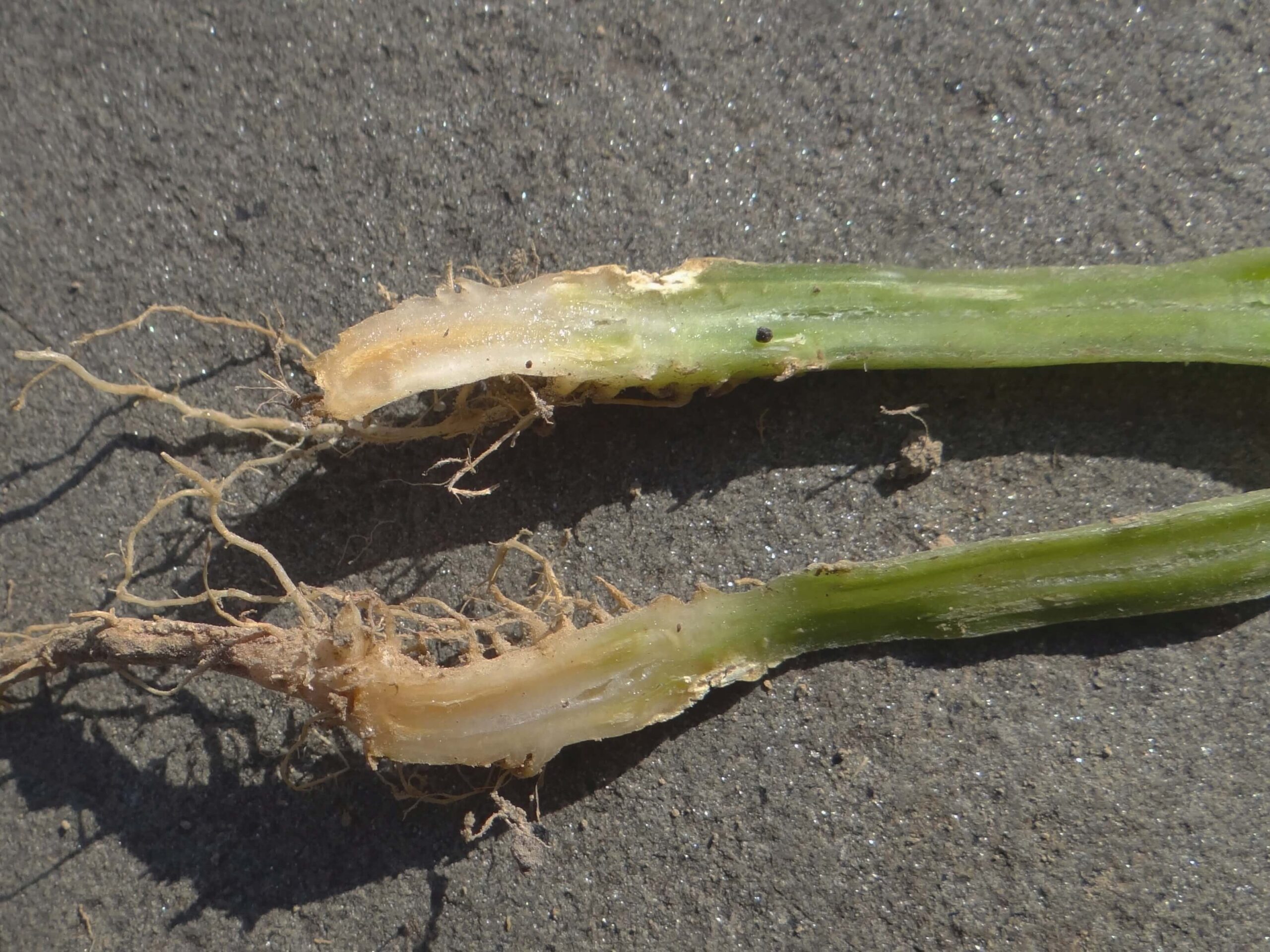 Another of the most common and serious diseases that tulips can suffer. Its symptoms are characterized by dry bulbs and roots and with a reddish-brown rot .
Another of the most common and serious diseases that tulips can suffer. Its symptoms are characterized by dry bulbs and roots and with a reddish-brown rot .
This causes the plant to lose vigor and finally wilt little by little, also presenting chlorosis on the leaves.
It is important that preventive actions are carried out such as crop rotation , bulb disinfection and good soil drainage . All this minimizes the chances of presenting the disease, although it does not guarantee full protection from it.
In general, due to the large number of species of tulips that exist, it can be said that their pests and diseases are many. However, for lovers of this type of plant it is important to have a guide that specifies its main conditions .
In this way, you will be able to know how to act in each case, improving the health and beauty of your tulips both indoors and outdoors .
- When to Grow Tulips: [Temperature and Hemisphere]

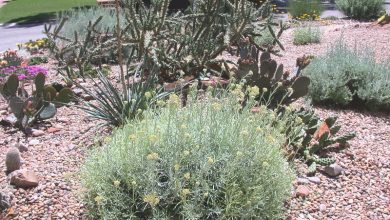

![Photo of Prune Dracenas: [Importance, Season, Tools, Considerations and Steps]](https://www.complete-gardening.com/wp-content/uploads/2022/08/prune-dracenas-importance-season-tools-considerations-and-steps-390x220.jpg)
